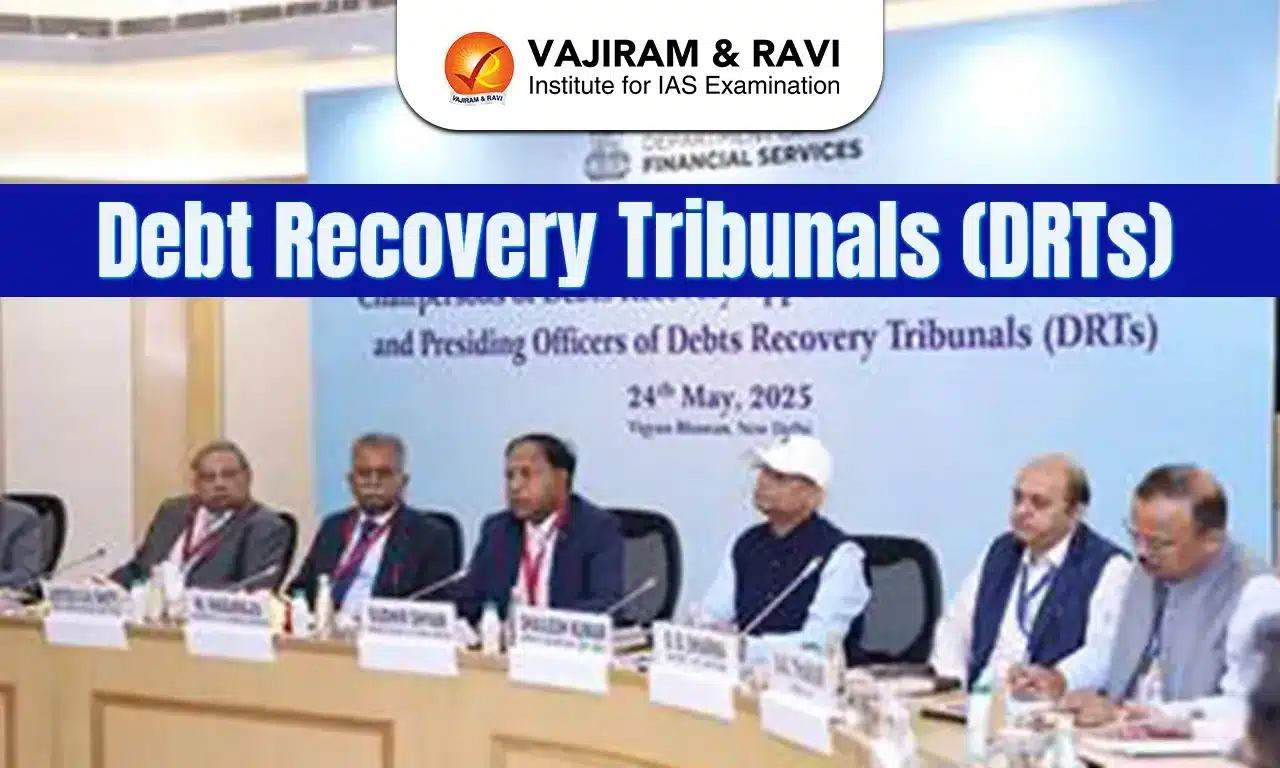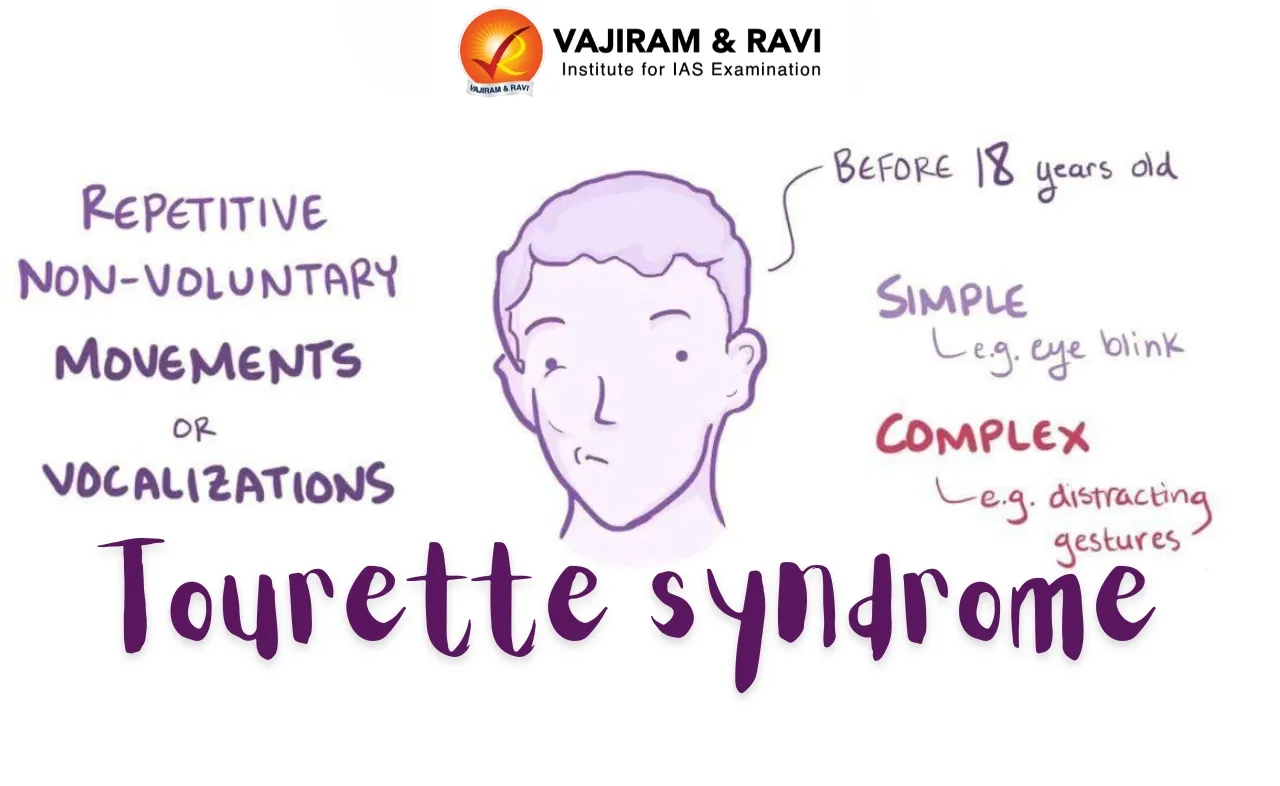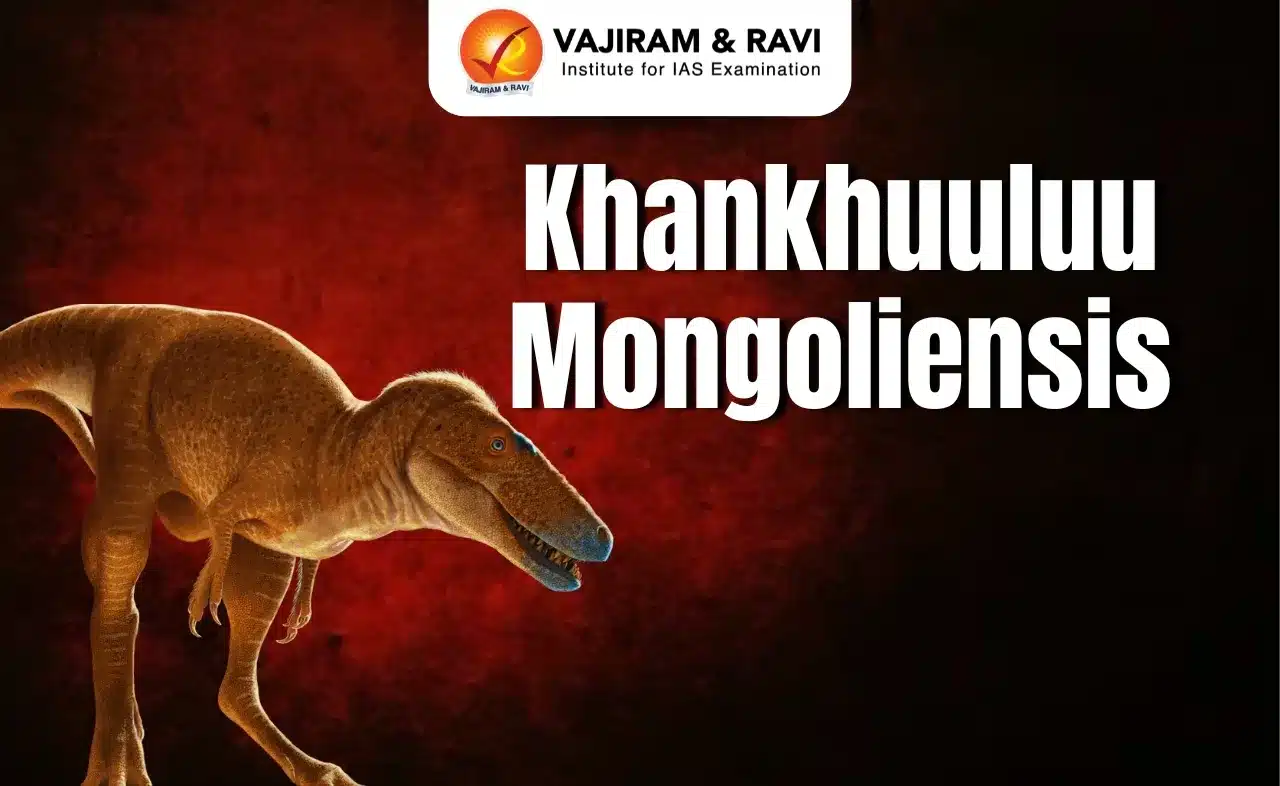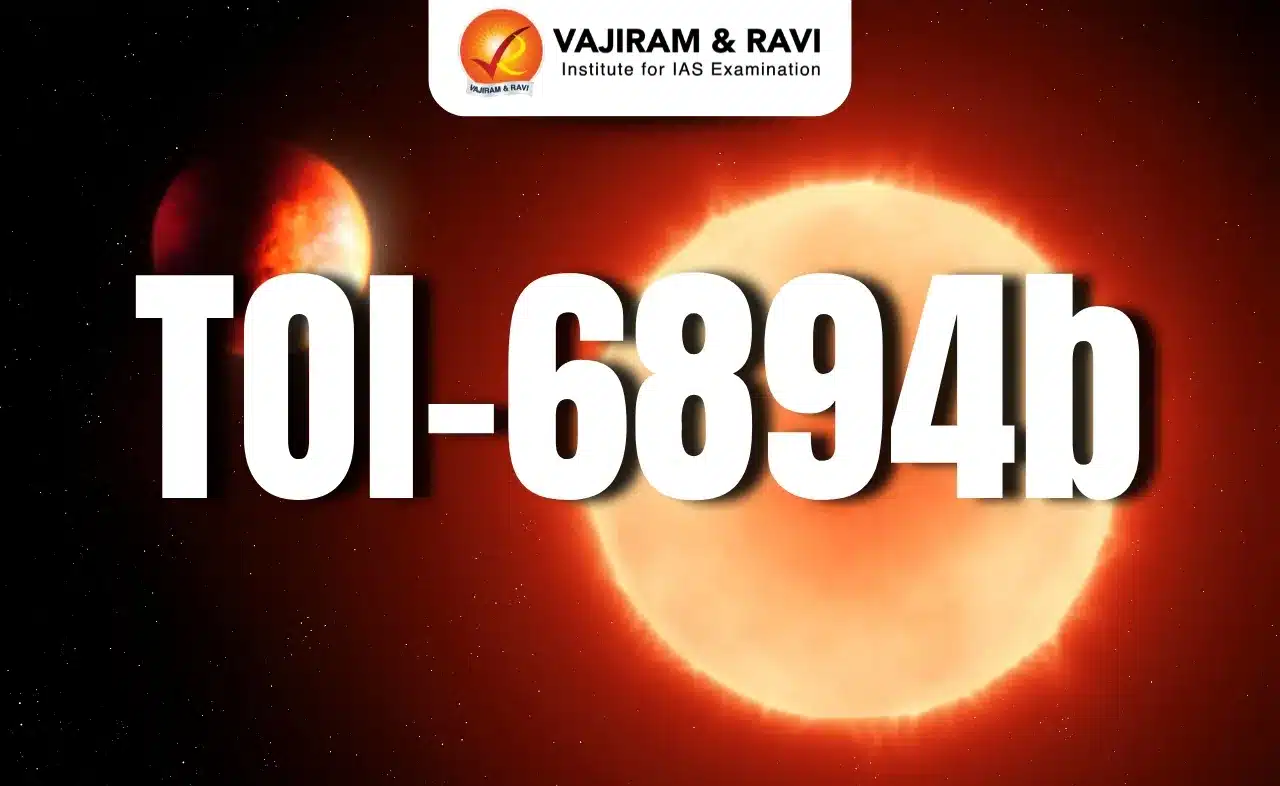Debt Recovery Tribunals (DRTs) Latest News
The Department of Financial Services (DFS) under the Ministry of Finance organised a colloquium recently at New Delhi, bringing together Chairpersons of Debt Recovery Appellate Tribunals (DRATs) and Presiding Officers of Debt Recovery Tribunals (DRTs).
About Debt Recovery Tribunals (DRTs)
- Debt Recovery Tribunals (DRTs) are quasi-judicial bodies established under the Recovery of Debts Due to Banks and Financial Institutions Act, 1993.
- Their primary role is adjudicating debt recovery disputes related to banks and financial institutions.
- DRTs handle loan default cases above ₹20 lakh, focusing on secured debts.
- DRTs also hear Securitisation Applications (SAs) filed under the SARFAESI Act, 2002 by borrowers or aggrieved parties.
- There are currently 39 DRTs functioning across India, each headed by a Presiding Officer.
Structure and Powers of DRTs
- A DRT is presided over by a judicial officer qualified to be a District Judge.
- It can also have administrative and technical members appointed by the Central Government.
- Under Section 22(2) of the Recovery of Debts Act, DRTs have powers to:
- Summon and examine witnesses,
- Compel the production of documents,
- Receive evidence on affidavits,
- Review or dismiss applications,
- Conduct ex parte proceedings,
- Issue commissions for document and witness examination.
- Jurisdiction of DRTs: Each DRT has a territorial jurisdiction defined by the Central Government.
- Jurisdiction is limited to cases involving debt recovery by banks and financial institutions.
About Debt Recovery Appellate Tribunals (DRATs)
- DRATs are the appellate authorities for decisions made by DRTs.
- Appeals can be filed by aggrieved parties seeking review of DRT rulings.
- Currently, 5 DRATs are functioning in India, each headed by a Chairperson.
- DRATs ensure judicial oversight and uniformity in debt recovery matters and promote legal clarity on complex recovery disputes.
Debt Recovery Tribunals (DRTs) FAQs
Q1. What are Debt Recovery Tribunals (DRTs)?
Ans: DRTs are quasi-judicial bodies established under the Recovery of Debts and Bankruptcy Act, 1993 to facilitate the expeditious recovery of debts due to banks and financial institutions.
Q2. How many DRTs and DRATs are there in India?
Ans: As of now, there are 39 DRTs and 5 Debt Recovery Appellate Tribunals (DRATs) functioning across India.
Q3. What is the monetary limit for cases to be filed in DRT?
Ans: A bank or financial institution can approach a DRT if the debt amount is ₹20 lakh or more.
Source: PIB
Last updated on June, 2025
→ UPSC Notification 2025 was released on 22nd January 2025.
→ UPSC Prelims Result 2025 is out now for the CSE held on 25 May 2025.
→ UPSC Prelims Question Paper 2025 and Unofficial Prelims Answer Key 2025 are available now.
→ UPSC Calendar 2026 is released on 15th May, 2025.
→ The UPSC Vacancy 2025 were released 1129, out of which 979 were for UPSC CSE and remaining 150 are for UPSC IFoS.
→ UPSC Mains 2025 will be conducted on 22nd August 2025.
→ UPSC Prelims 2026 will be conducted on 24th May, 2026 & UPSC Mains 2026 will be conducted on 21st August 2026.
→ The UPSC Selection Process is of 3 stages-Prelims, Mains and Interview.
→ UPSC Result 2024 is released with latest UPSC Marksheet 2024. Check Now!
→ UPSC Toppers List 2024 is released now. Shakti Dubey is UPSC AIR 1 2024 Topper.
→ Also check Best IAS Coaching in Delhi
Tags: Debt Recovery Tribunals (DRTs) Prelims Pointers upsc prelims current affairs






















